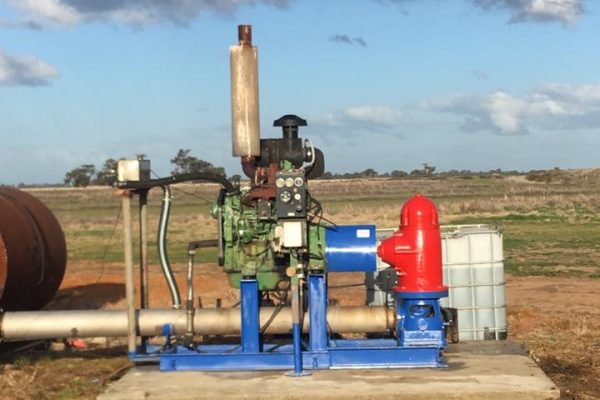Examining the depth and clarity of bore water is quintessential to watch out on wells. Wonder why? To make sure you receive quantity and quality water.
Besides, it helps examine hydraulic properties of aquifers, performance transitivity, conductivity and storage capacity.
For the most part, a plopper helps with doing this water Bore pump testing and finding out groundwater extraction.
Nature of Aquifers & Importance Of Assessment
To carry out a water bore pump testing , let’s understand the nature of aquifers. They are confined and unconfined aquifers.
These aquifers assess the groundwater development projects and it’s effect on the environment.
Benefits Of Water Bore Pump Testing
- Ability to identify and locate no-flow boundaries that could affect aquifers.
- Easy access to water from your private well.
- Eliminates impurities and provides clean water.
- Purification of water let’s in minerals, calcium, and magnesium enter your body.
- Zero dependency on the Municipality.
- Helps you save a penny every month
Essential Factors To Consider Before Water Bore Pump Testing
- It always begins with receiving consent. You need to receive a consent application before digging the bore.
- After you receive a consent application, proceed to dig the bore.
- Discuss with the driller and choose a test
- If you opt for a constant rate test, along with the pumping bore, pay attention to at least two other bores. Based on the availability, track bores in a shallow aquifer.
- Before starting pump test, seek permission from the neighborhood.
- Switch off the other monitoring bores and tests during the pumping test.
- For fair analysis, provide details about the pump test to the concerned authorities.
- Choose water bore pump testing during winter for effective results.
Process of A Water Bore Pump Testing
Here’s how you do water bore pump testing
(i)Ascertaining Ways Of Pumping Tests
There are three ways of pumping bore water. The step-drawdown tests, constant-rate tests, or step tests.
A step drawdown test identifies the aquifer’s characteristics and the performance of a pumped well in a controlled flow. It produces at a rate of 35 gallons per minute.
Constant rate pump test is done by pumping a well at a stable pace and monitoring the drawdown in and around nearby wells chosen after tracking the aquifer properties.
The Step-test method helps with finding the potential of extracting the right amount of water from the bore.
(ii)Estimating Time
There is a designated time for pumping the bore and monitoring it. Having said that, the time even depends on the distance of your home from the river stream.
Ideally, it should take 24 hours to do the test and monitor it if your home is away from the river. But, it would take 72 hours to understand the surface water level if the river is close to your house.
(iii)Drawing An Analysis
Considering the method and time of test, one can draw an analysis of working on the bore and aquifer. This analysis can be used to show the effects of pump testing on the surface water and bores around.
Interestingly, the water bore pump testing analysis is done in two ways. Distance-drawdown analysis and Composite plot.
Distance-drawdown plots focus on observing the pumping test of a single well. Composite plot finds out the start time of pumping and the actual distance from the pumping well. In short, it makes an observation of many wells.
Effects Of Water Bore Pump Testing Taking
Depending on the way you chose to do a pump test, it’s effects will show up . Pump testing obstructs the natural recharge of water and as a result decreases the flow of groundwater use. Usually, it is the results of groundwater that helps assess the effect of surface water depletion.
bore pump testing is in one way a boon and the other way a bane. Although there is enough supply of water, while testing there are chances of seawater being taken in because it is after all from the bore. Thus, taking in saltwater might not always be a healthy option.
Final Word
To use natural water and enjoy the supply of drinking water from your own well, consider bore pump testing. It gives insights about the performance of hydraulic properties, groundwater velocity, storage capacity, and pumping rates.




